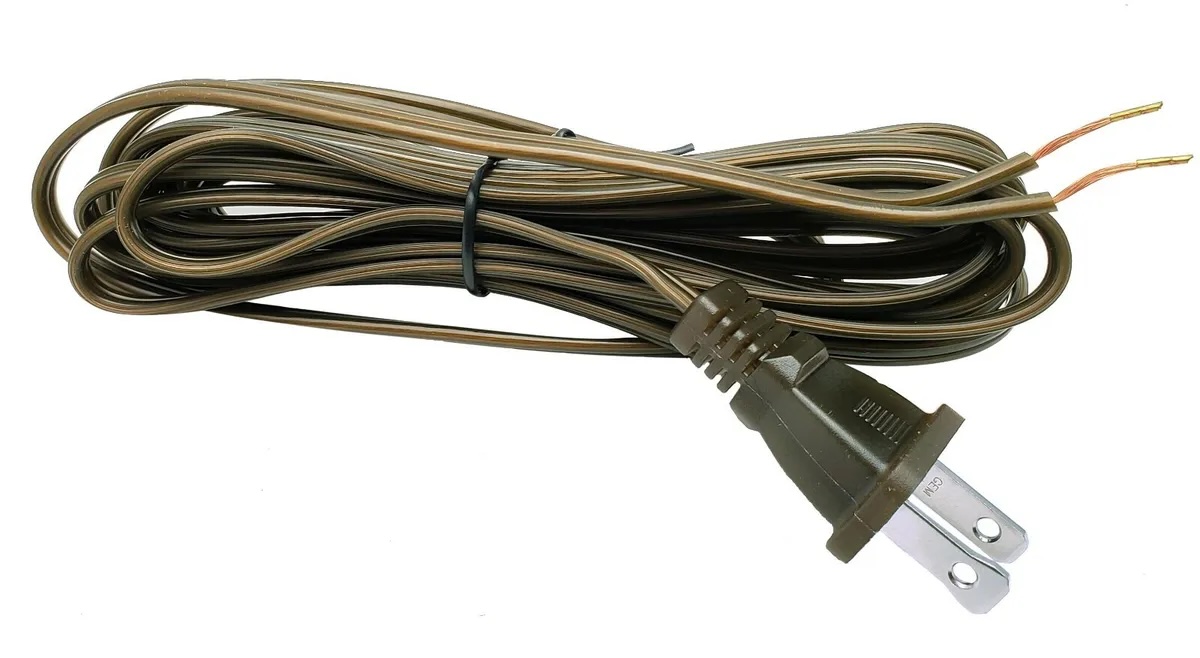

Furniture
Which Wire Is Hot On A Lamp Cord
Modified: March 1, 2024
Discover which wire is hot on a lamp cord with our easy-to-follow guide. Ensure safety when working with furniture electrical components.
(Many of the links in this article redirect to a specific reviewed product. Your purchase of these products through affiliate links helps to generate commission for Storables.com, at no extra cost. Learn more)
Introduction
Welcome to the world of lighting and electrical wiring! Lamp cords are a ubiquitous feature in our homes, offices, and various other spaces, serving as the essential link between electrical outlets and our beloved lamps. While these cords may seem simple at first glance, understanding their intricacies is crucial for both functionality and safety.
In this comprehensive guide, we will delve into the fundamentals of lamp cords, shedding light on the often perplexing question: "Which wire is hot on a lamp cord?" By the end of this journey, you will not only be able to confidently identify the hot wire in a lamp cord but also gain valuable insights into electrical safety and best practices.
So, let's embark on this illuminating adventure and unravel the mysteries of lamp cords together!
Key Takeaways:
- Identifying the hot wire in a lamp cord is crucial for safety. Look for color-coded wires (like black or red) or use a voltage tester if colors are unclear. Safety first!
- When working with lamp cords, always prioritize safety. Disconnect power, handle cords carefully, and use tools for precision. Stay mindful of surroundings and seek professional help when needed.
Read more: Which Side Of Electrical Cord Is Hot
Understanding Lamp Cords
Lamp cords, also known as zip cords or lamp wire, are the essential conduits that connect lamps to power sources. These cords are typically composed of two or more insulated conductors encased in a protective sheath. The conductors, often referred to as wires, are responsible for carrying the electrical current to the lamp, enabling it to illuminate our surroundings.
One of the key characteristics of lamp cords is their flexibility, allowing for easy installation and maneuverability. This flexibility is often attributed to the use of stranded wire, which consists of multiple thin strands of conductive material woven together. As a result, lamp cords can be bent and positioned with relative ease, accommodating various lighting setups and configurations.
It’s important to note that lamp cords come in different gauges, or thicknesses, to accommodate varying electrical loads. The gauge of a cord directly impacts its current-carrying capacity, with thicker gauges being capable of handling higher wattages. When selecting a lamp cord, it’s crucial to ensure that its gauge aligns with the power requirements of the lamp to prevent overheating and potential safety hazards.
Furthermore, lamp cords are often terminated with plugs, allowing for convenient connection to power outlets. These plugs are designed to match specific outlet configurations and are equipped with prongs that facilitate a secure and reliable electrical connection. Understanding the compatibility between lamp cord plugs and outlets is essential for seamless integration and optimal performance.
By comprehending the basic structure and characteristics of lamp cords, individuals can make informed decisions regarding their selection, installation, and usage. Whether you’re embarking on a DIY lighting project or simply seeking to enhance your understanding of electrical components, grasping the nuances of lamp cords is a valuable asset in your journey towards a well-illuminated and safe environment.
Identifying Hot Wires
When it comes to lamp cords, identifying the hot wire is a fundamental aspect of electrical safety and proper installation. The hot wire, also known as the live or active wire, carries the electrical current from the power source to the lamp, enabling it to illuminate. Distinguishing the hot wire from the neutral wire is crucial for ensuring that the electrical circuit functions as intended and poses no risk to users.
One of the most common methods for identifying the hot wire in a lamp cord is through color coding. In standard lamp cords, the hot wire is typically indicated by a specific color, such as black or red. This color differentiation serves as a visual cue, allowing individuals to easily discern the hot wire from the neutral and ground wires. It’s important to familiarize oneself with the color-coding conventions to confidently identify the hot wire during installation or troubleshooting.
However, in some cases, lamp cords may not adhere to standard color-coding practices, especially in older or custom wiring setups. In such instances, it becomes necessary to rely on alternative methods for identifying the hot wire. One approach involves using a voltage tester or multimeter to determine which wire is carrying the live current. These tools can detect the presence of voltage and aid in pinpointing the hot wire, providing an additional layer of certainty in situations where color coding is ambiguous or absent.
Another crucial consideration when identifying hot wires is the presence of markings or indicators on the cord itself. Some manufacturers imprint letters or symbols on the insulation of the wires to denote their respective functions. These markings can offer valuable guidance in discerning the hot wire and ensuring proper connectivity during installation.
It’s important to emphasize that accurate identification of hot wires is not only essential for the functionality of the lamp but also for mitigating the risk of electric shock and fire hazards. By exercising caution and employing the appropriate identification methods, individuals can confidently navigate the intricacies of lamp cord wiring, fostering a safe and reliable electrical environment.
When identifying which wire is hot on a lamp cord, look for the wire that is smooth and has writing or ribbing on it. This is the hot wire and should be connected to the brass screw on the lamp socket.
Safety Precautions
When working with lamp cords and electrical wiring, prioritizing safety is paramount to prevent accidents and ensure a secure environment. Whether you’re installing a new lamp or troubleshooting an existing setup, adhering to essential safety precautions is critical for mitigating potential hazards and promoting peace of mind.
Before embarking on any electrical work involving lamp cords, it’s imperative to disconnect the power source. Unplugging the lamp from the outlet or switching off the circuit breaker associated with the electrical circuit effectively cuts off the supply of electricity, reducing the risk of shocks or electrical mishaps during the installation or maintenance process.
Furthermore, handling lamp cords with care and mindfulness is essential for minimizing the likelihood of damage or exposure to live wires. Avoiding sharp bends, kinks, or fraying of the cord’s insulation helps preserve its integrity and electrical safety. Additionally, steering clear of placing heavy objects on the cord or subjecting it to excessive tension contributes to its longevity and reliability.
When identifying hot wires in lamp cords, employing the use of appropriate tools, such as voltage testers or multimeters, enhances precision and reduces the margin for error. These tools enable individuals to verify the presence of voltage and confirm the status of the wires before proceeding with any connections or modifications, thereby promoting a methodical and cautious approach to electrical work.
It’s imperative to be mindful of the surrounding environment and potential hazards when working with lamp cords. Avoiding contact with water or conducting electrical tasks in damp or wet conditions is crucial for preventing electrical shorts and safeguarding against electric shock. Additionally, being cognizant of nearby obstructions, flammable materials, and other potential risks contributes to a safer and more controlled workspace.
Lastly, seeking the guidance of qualified professionals or electricians when encountering complex wiring scenarios or uncertainties is a prudent approach. Consulting experts can provide invaluable insights, address specific concerns, and offer tailored solutions, bolstering the overall safety and efficacy of electrical projects involving lamp cords.
By integrating these safety precautions into your approach to lamp cord installations and maintenance, you can foster a secure and reliable electrical environment, minimizing risks and maximizing peace of mind.
Conclusion
As we conclude our exploration of lamp cords and the vital question – "Which wire is hot on a lamp cord?" – it’s evident that a nuanced understanding of electrical wiring is essential for both functionality and safety. Lamp cords, with their flexible design and critical role in powering our lighting fixtures, warrant careful consideration and informed decision-making.
By comprehending the structural components of lamp cords, including their conductors, insulation, and terminations, individuals can make well-informed choices when selecting and installing these essential electrical conduits. Understanding the significance of color coding, markings, and alternative identification methods for discerning hot wires empowers individuals to navigate the complexities of lamp cord wiring with confidence and precision.
Moreover, embracing a safety-first mindset when working with lamp cords is paramount for safeguarding against electrical hazards and promoting a secure environment. Prioritizing precautions such as power disconnection, cord handling best practices, and the use of appropriate tools contributes to a methodical and conscientious approach to electrical tasks, fostering peace of mind and risk mitigation.
As you embark on your journey of illuminating spaces with lamps and lighting fixtures, remember that the humble lamp cord plays a pivotal role in enabling these luminous creations to shine. By integrating the insights and precautions outlined in this guide, you can approach lamp cord installations and maintenance with confidence, ensuring not only the optimal functionality of your lighting setups but also the safety and well-being of those who interact with them.
So, the next time you gaze upon the warm glow of a lamp, you can do so knowing that behind its radiance lies a carefully selected and meticulously installed lamp cord, seamlessly delivering the power that brings light to your world.
May your future encounters with lamp cords be illuminated by knowledge, guided by safety, and enriched by the joy of well-lit spaces.
Frequently Asked Questions about Which Wire Is Hot On A Lamp Cord
Was this page helpful?
At Storables.com, we guarantee accurate and reliable information. Our content, validated by Expert Board Contributors, is crafted following stringent Editorial Policies. We're committed to providing you with well-researched, expert-backed insights for all your informational needs.
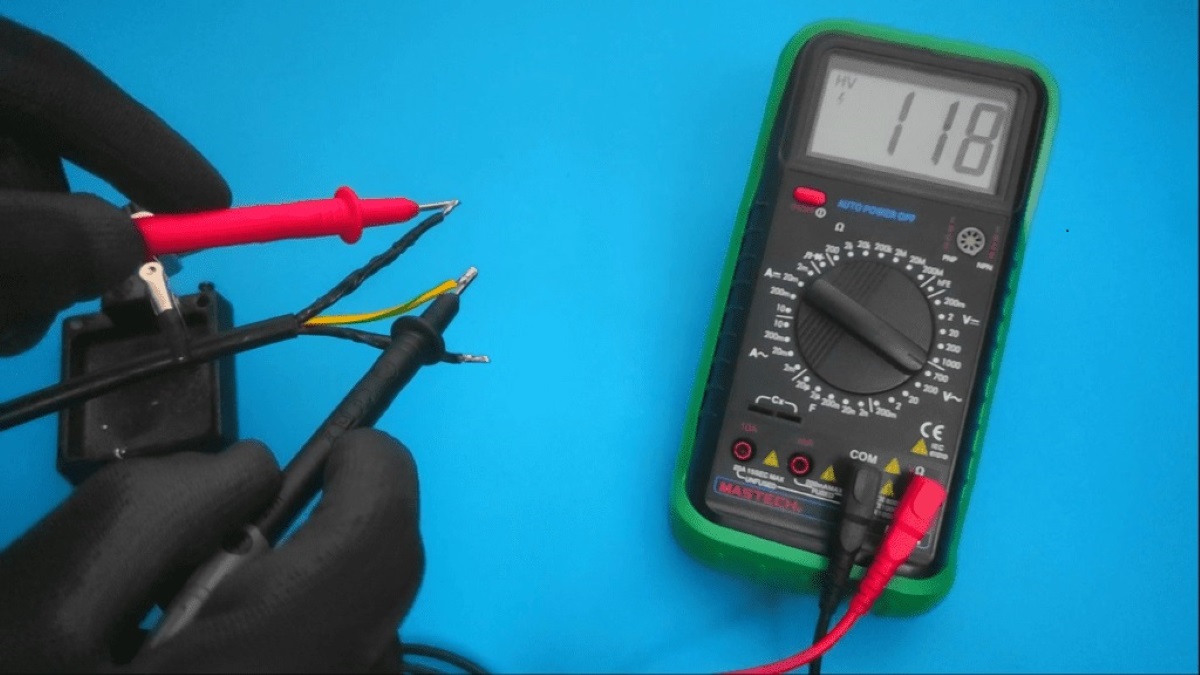
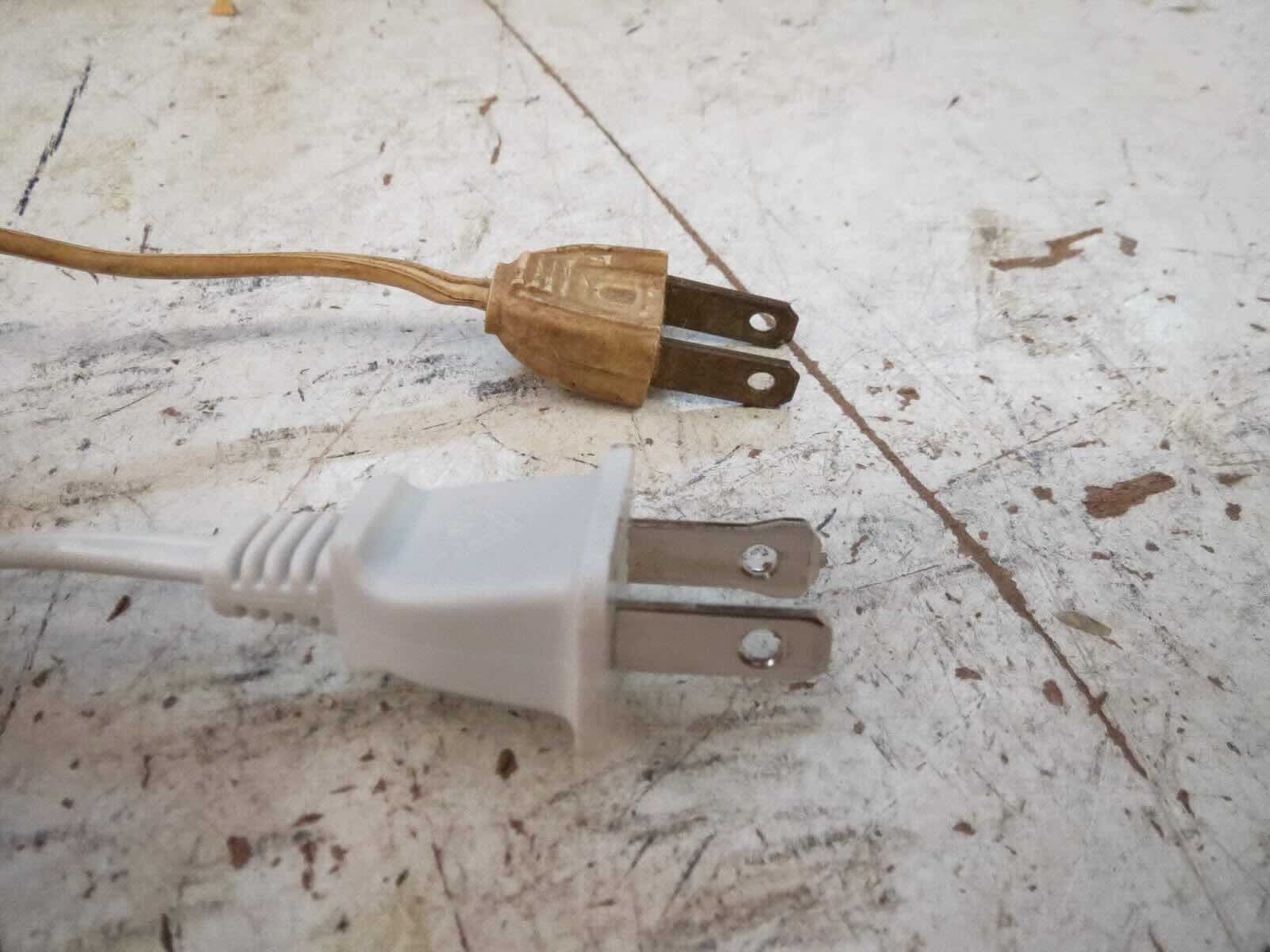
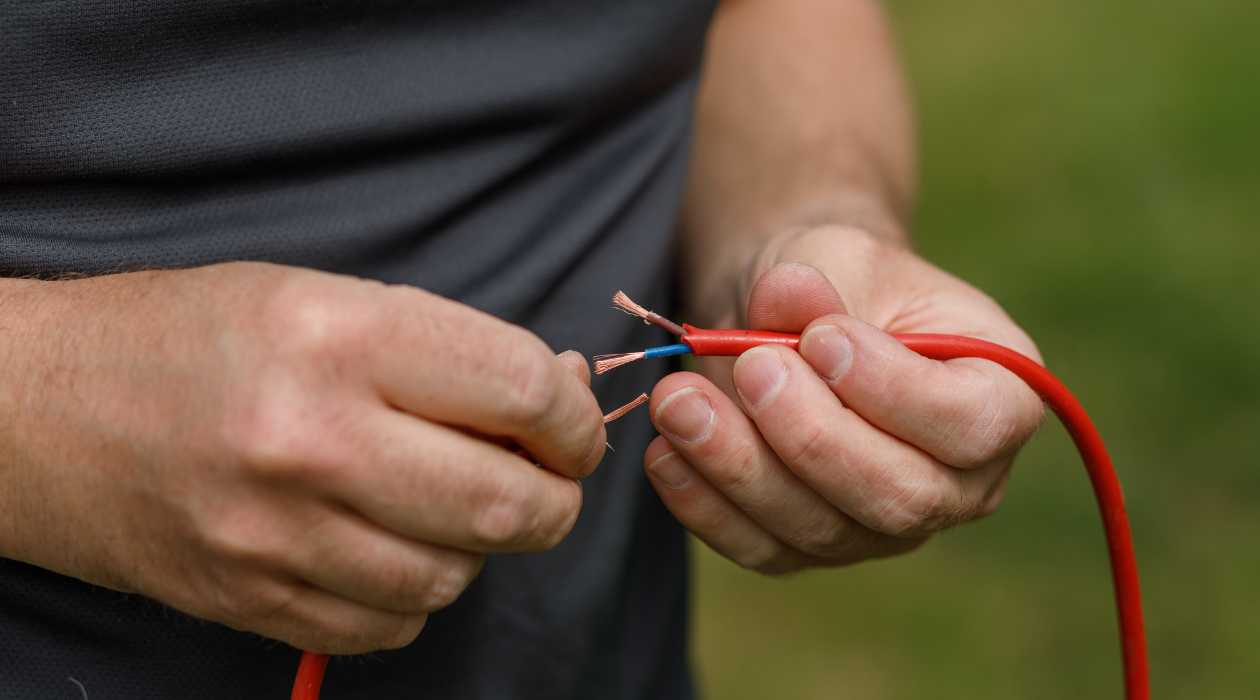
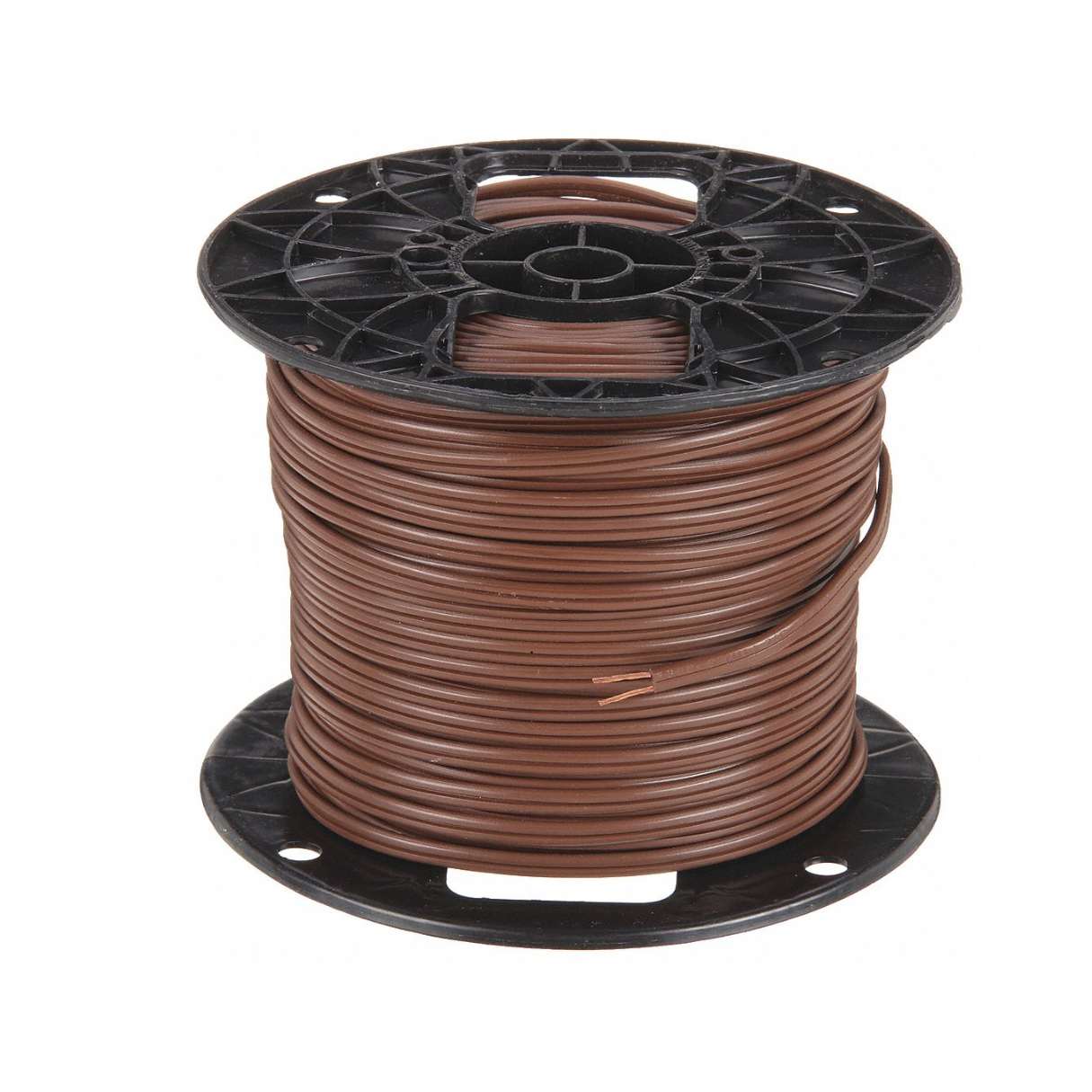
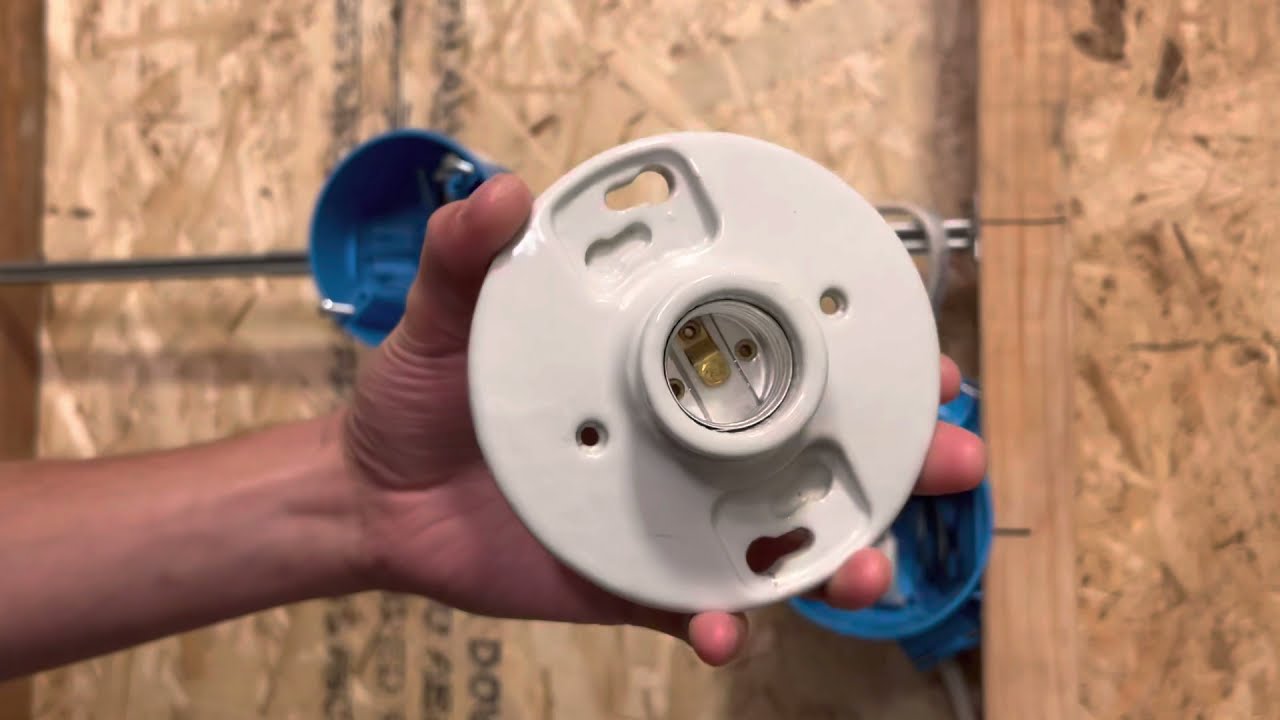
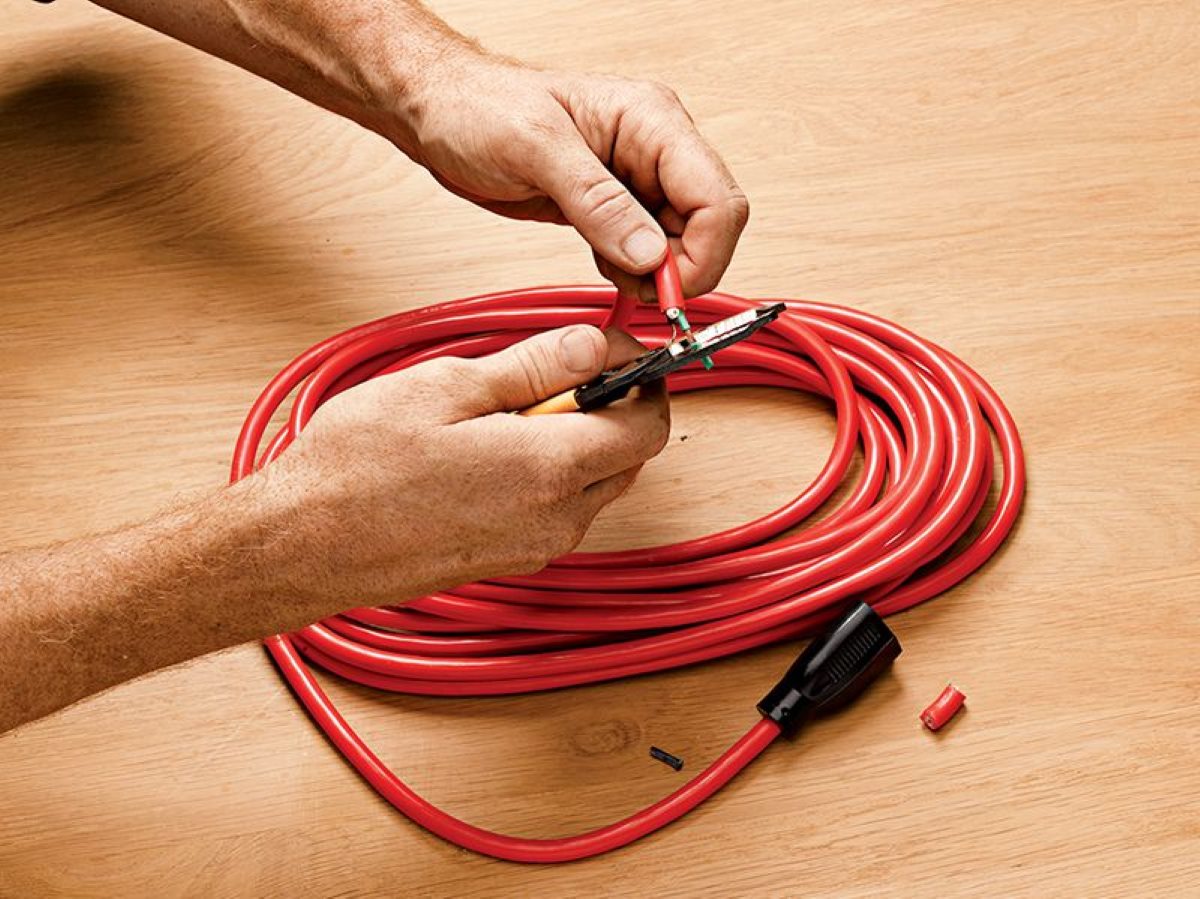
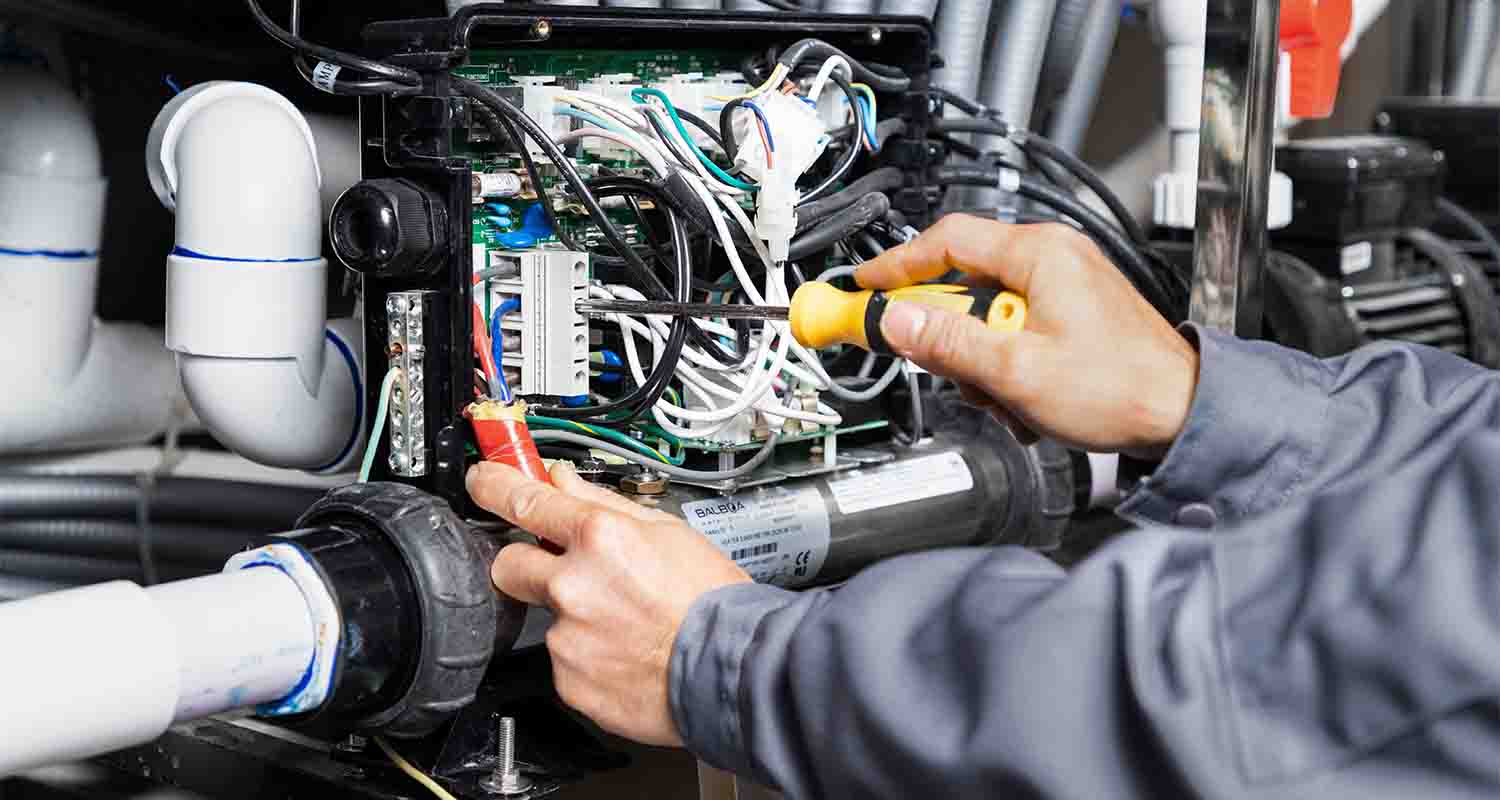
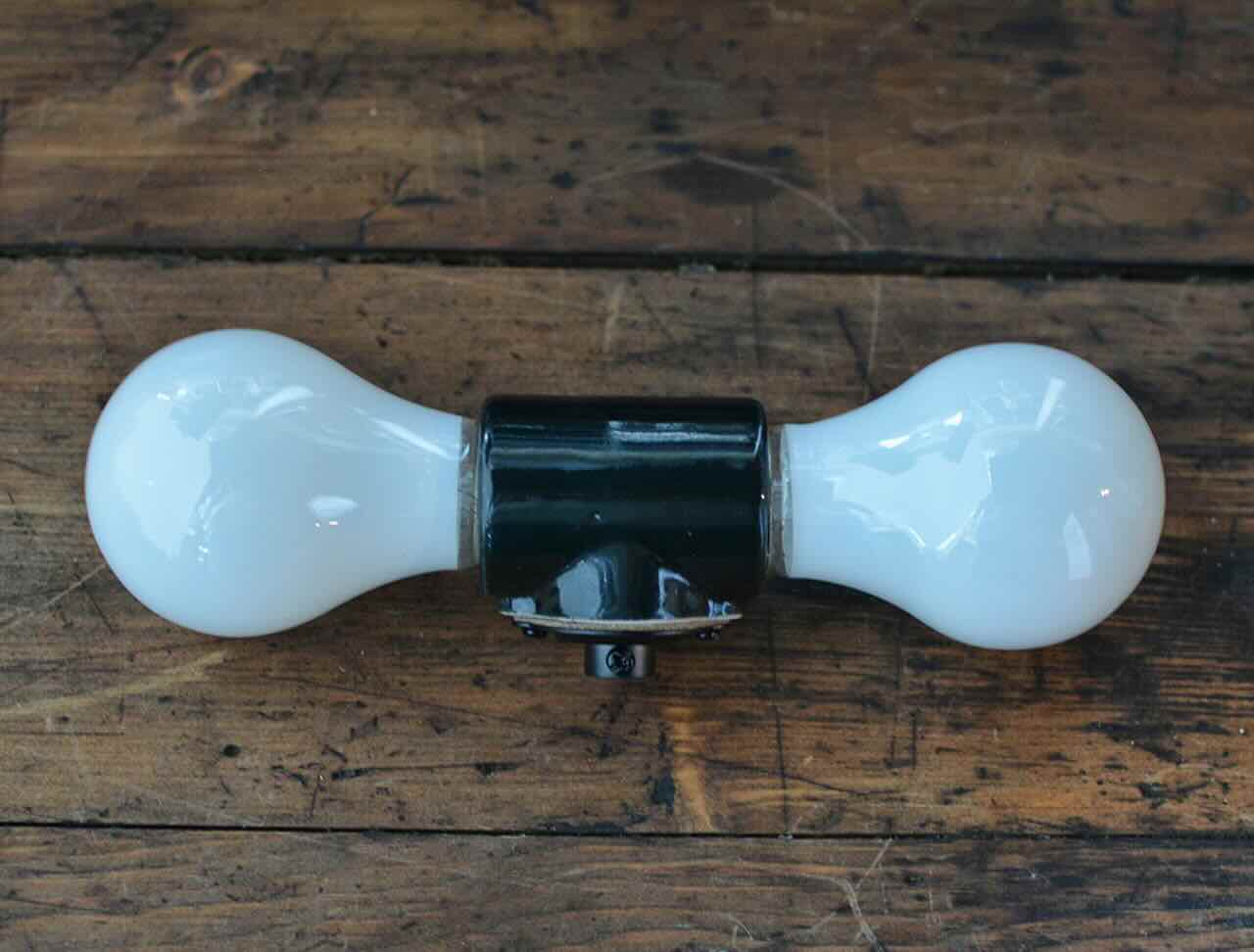
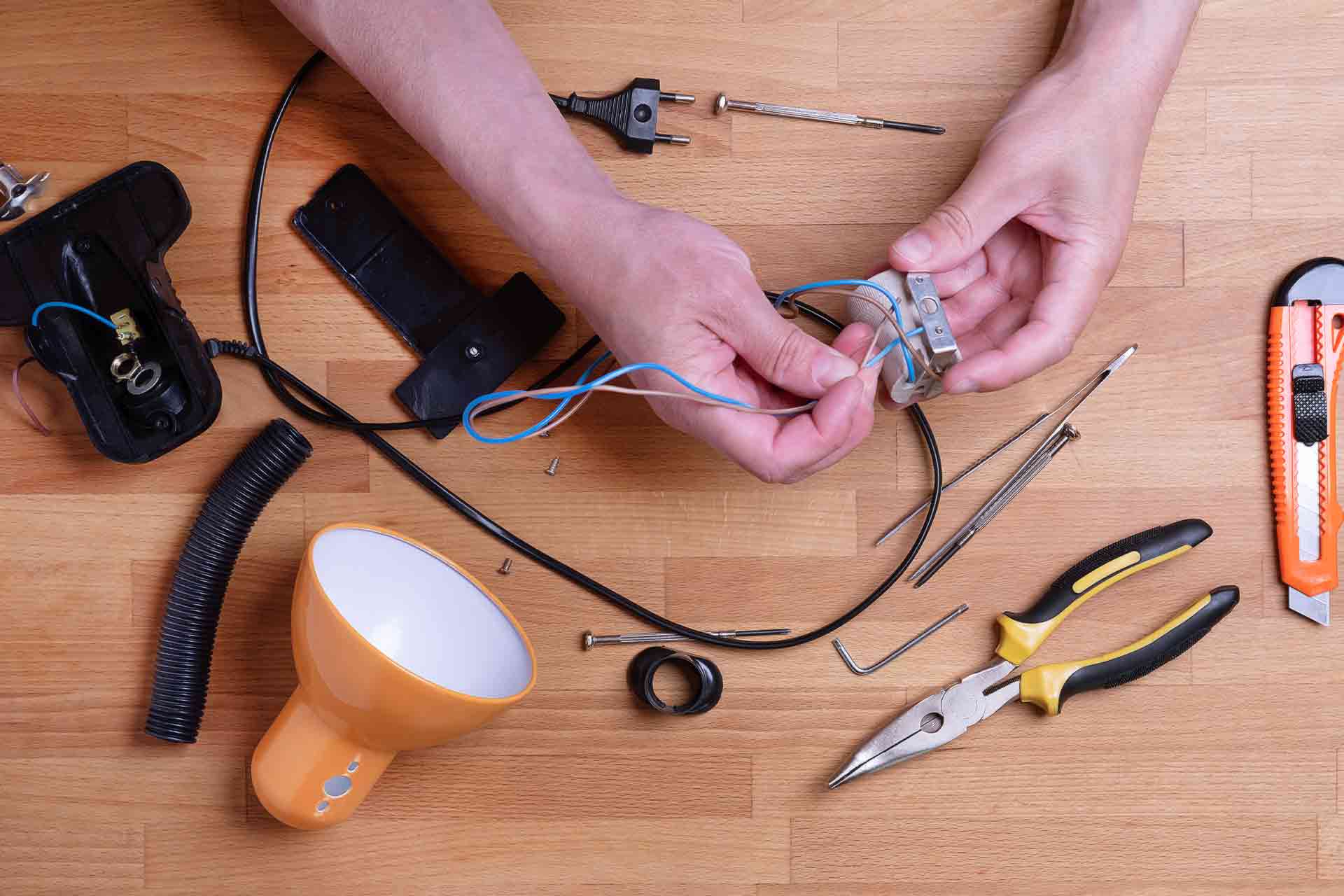
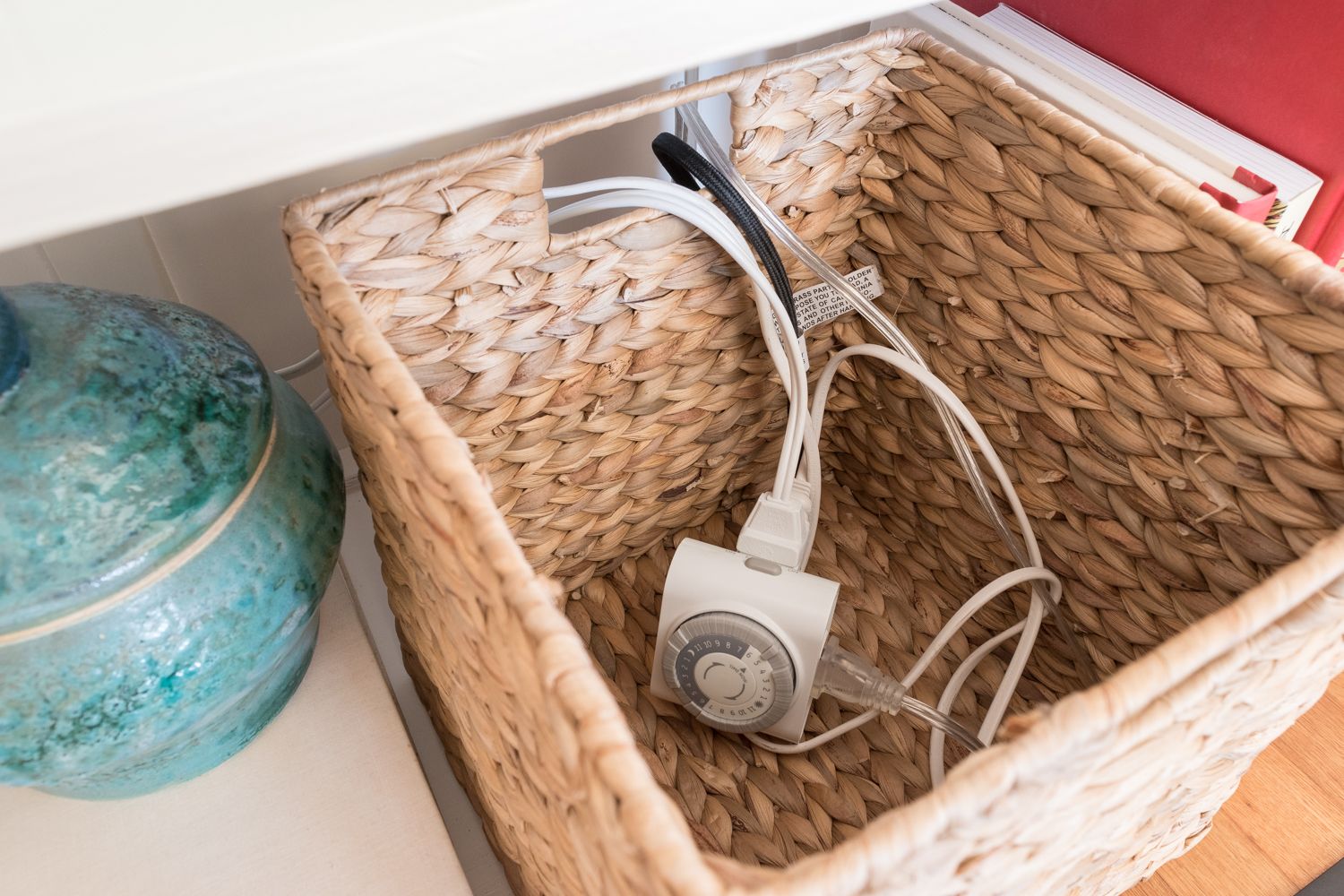
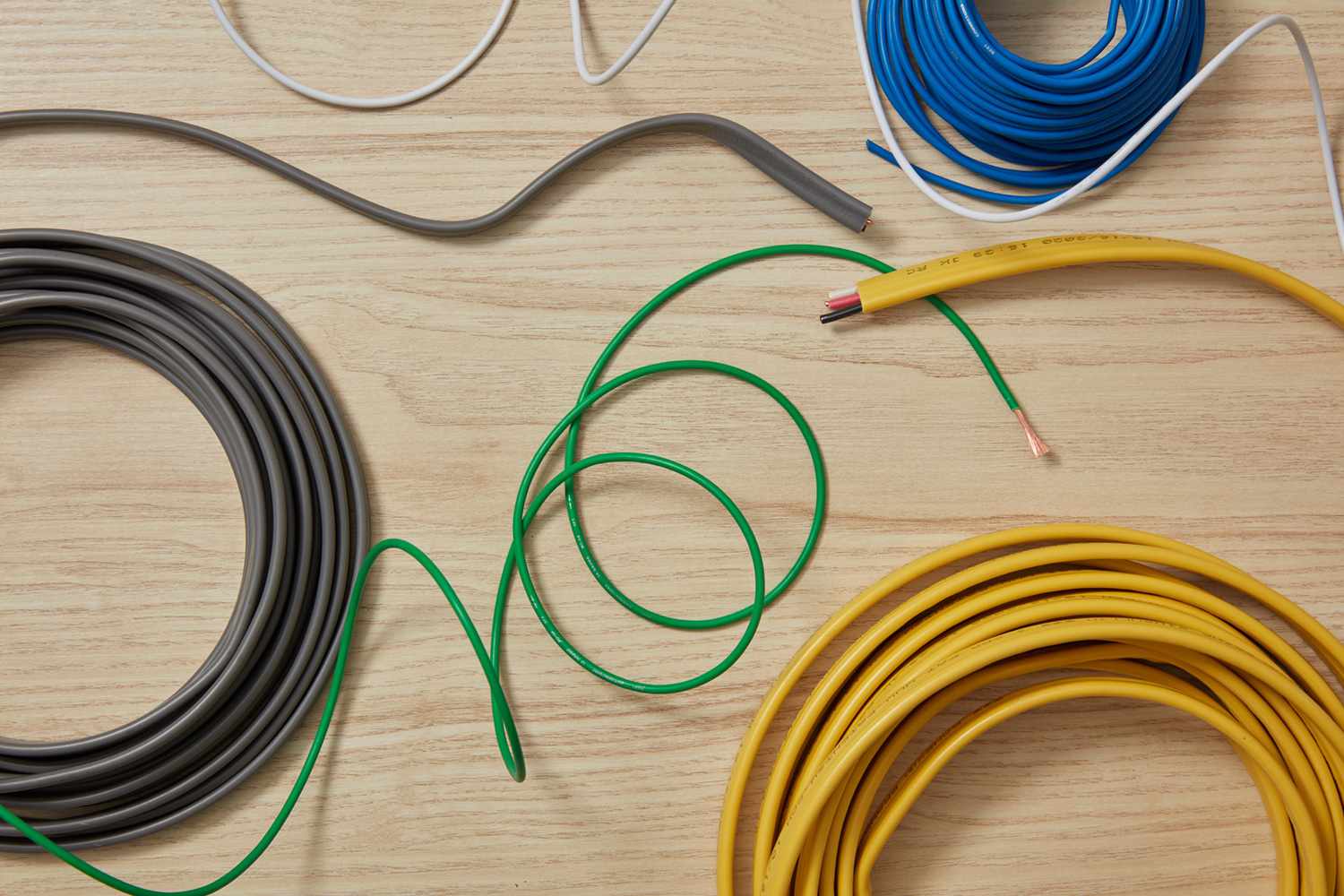
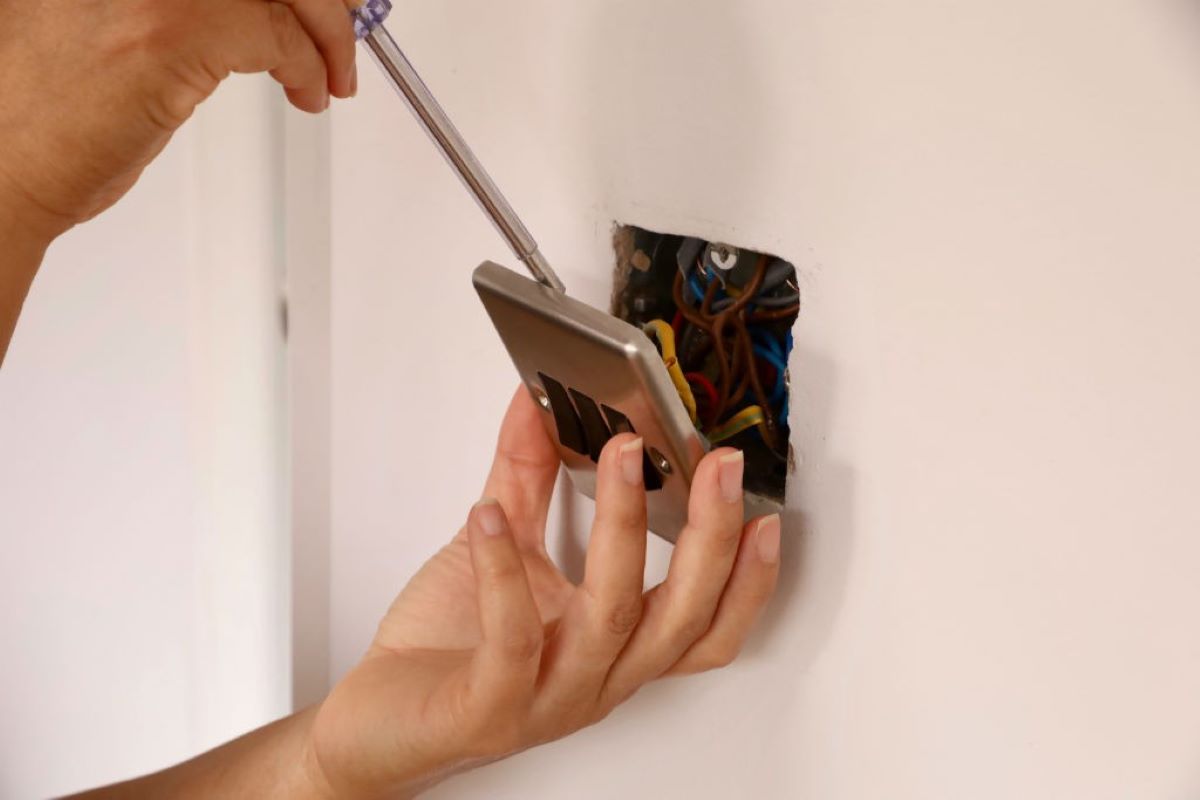
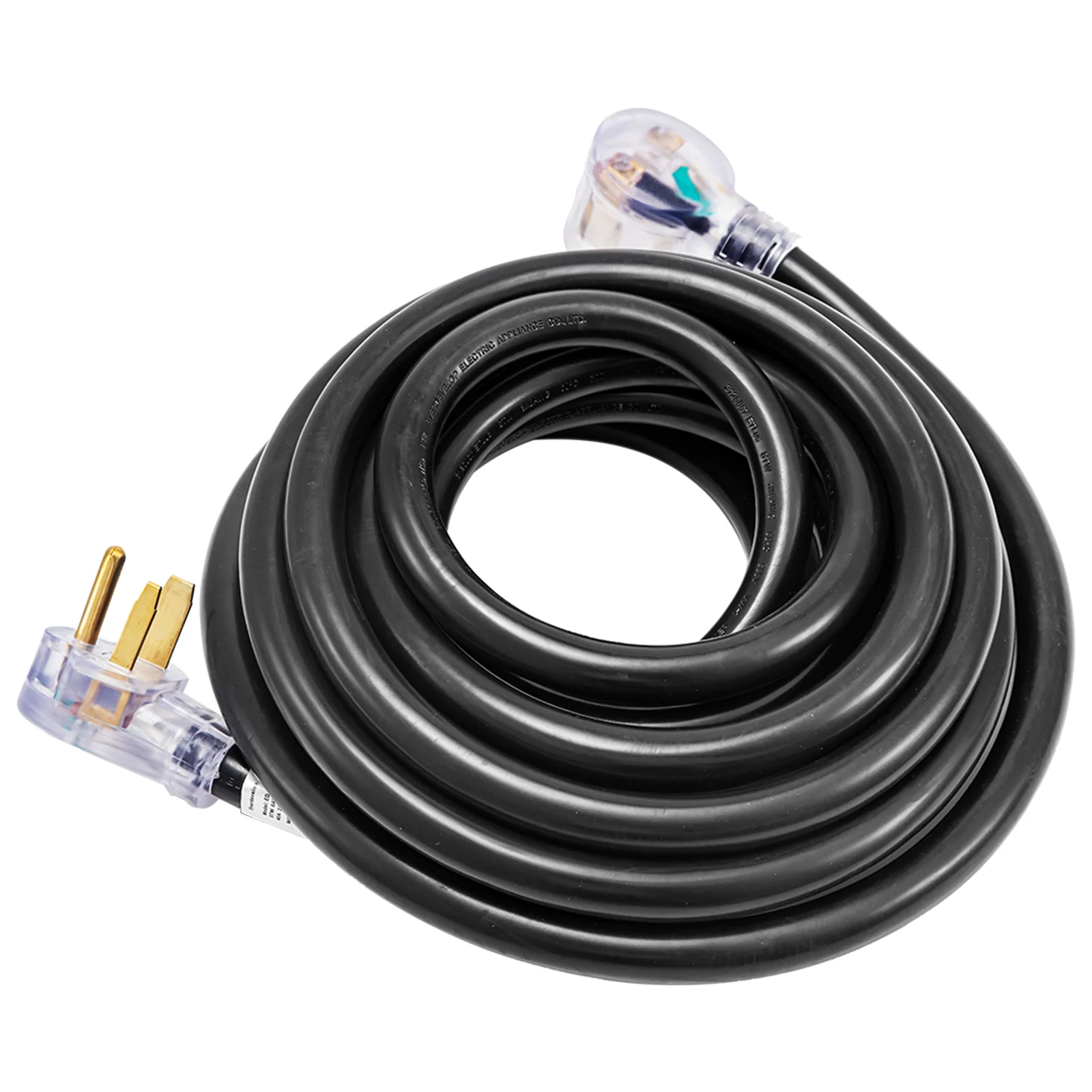

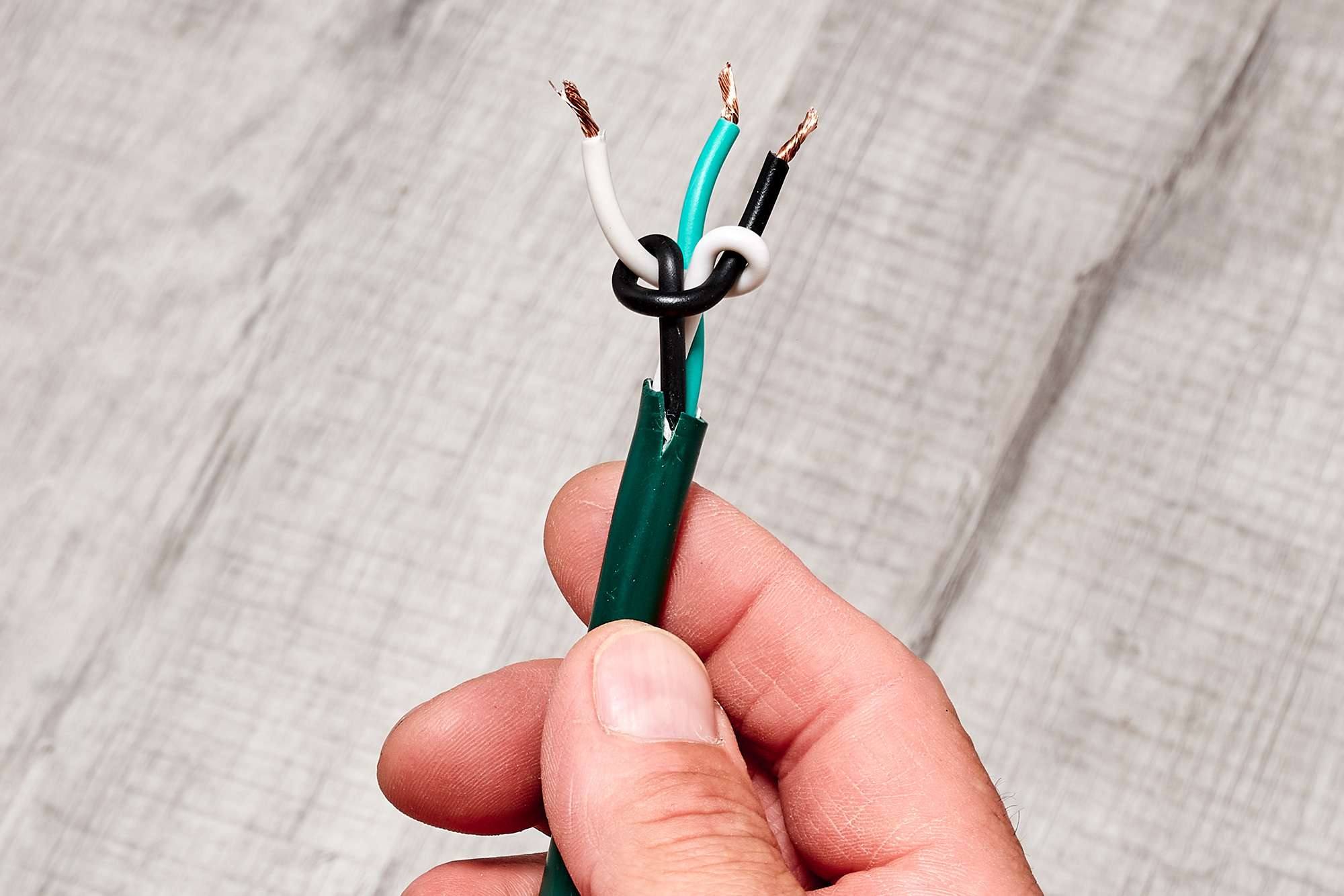

0 thoughts on “Which Wire Is Hot On A Lamp Cord”